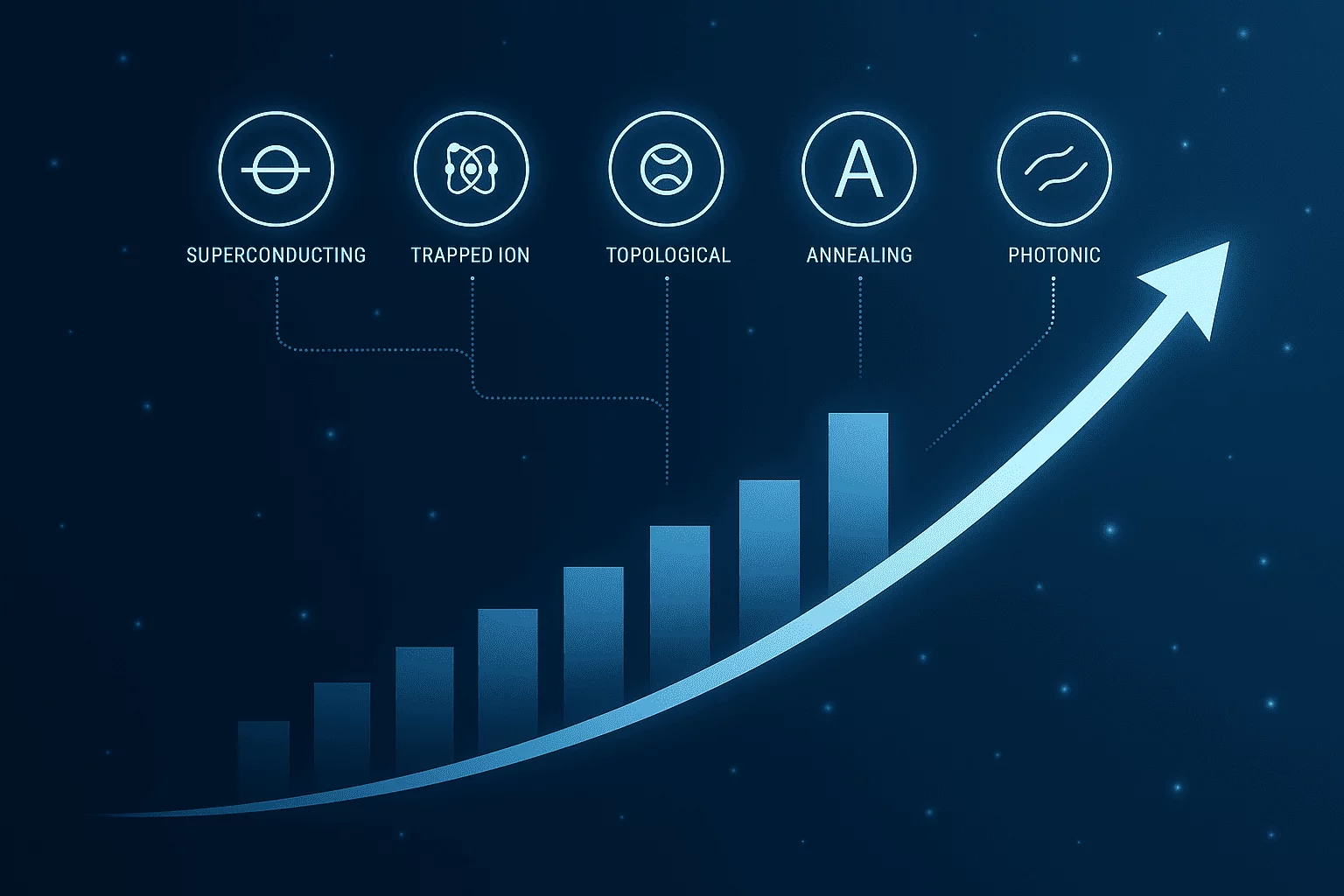1. Introduction: The Race for Quantum-Secure Communication
In a world where cybersecurity threats are growing exponentially, the need for unbreakable encryption has never been greater. With quantum computing on the rise, traditional encryption methods could become obsolete within the next decade. Enter Quantum Cryptography, a revolutionary approach that promises hack-proof communication, powered by Rare Earth Elements (REEs). Let’s explore how rare earths (REEs) in cryptography are shaping the future of cybersecurity and why nations are racing to develop REE-based encryption systems.
Rare earth elements such as ytterbium (Yb), erbium (Er), and dysprosium (Dy) are at the core of quantum-secure communication systems. Their unique optical and magnetic properties enable the creation of quantum key distribution (QKD) systems, which leverage the laws of quantum mechanics to ensure data security.
With governments and tech giants investing billions in quantum encryption, securing a stable supply of REEs has become a strategic priority.
How Rare Earths Contribute to Quantum-Secure Communication
Quantum encryption relies on QKD (Quantum Key Distribution), a system that ensures information can only be read by its intended recipient. REEs are critical in building these secure networks due to their exceptional optical and magnetic properties.
| Rare Earth Element | Role in Quantum Cryptography |
|---|---|
| Ytterbium (Yb) | Enables stable photon transmission in fiber-optic quantum networks |
| Erbium (Er) | Enhances infrared communication signals, crucial for quantum encryption |
| Dysprosium (Dy) | Improves stability in quantum memory systems, ensuring secure key storage |
Key Contributions of REEs in Quantum Security
- Quantum Key Distribution (QKD): REEs enable light-based encryption, where photons carry encrypted messages that cannot be intercepted without detection.
- Quantum Random Number Generators (QRNGs): Quantum-secure encryption needs truly random numbers—REE-based materials generate randomness with unprecedented precision.
- Quantum Repeaters for Long-Distance Security: Ytterbium and erbium help extend secure quantum communication across thousands of kilometers.
By 2027, the global quantum cryptography market is projected to exceed $5 billion, driven by the need for government and financial sector security.
Why Nations Are Racing to Develop Rare-Earth-Based Encryption Systems
The Global Cybersecurity Arms Race
With cyber threats evolving rapidly, leading economies are investing in quantum encryption research.
| Country | Investment in Quantum Cryptography (2023) |
|---|---|
| United States | $1.3 billion in National Quantum Initiative |
| China | $10 billion in Quantum Communication Networks |
| European Union | $7.2 billion in Quantum Flagship Program |
Governments recognize that whoever masters quantum cryptography first will control the future of secure communication.
China’s Quantum Supremacy
China has already built the world’s first quantum satellite (Micius) and a 2,000-km quantum-secure network connecting Beijing and Shanghai. Their lead in rare earth production gives them a strategic advantage in controlling the future of encrypted communication.
Western Efforts to Secure REEs
The U.S., EU, and Japan are ramping up REE mining and recycling initiatives to reduce reliance on China’s supply chain. New extraction projects in Australia, Canada, and Sweden aim to create alternative sources for REEs critical to quantum encryption technology.
Challenges in Scaling Quantum Cryptography for REEs
While the future of encryption is quantum-secure, several hurdles remain:
- Limited REE Supply: Over 85% of REE processing is controlled by China, raising concerns about supply security.
- High Cost of Quantum Networks: Implementing global QKD infrastructure requires massive investments.
- Technological Development: Quantum encryption is still in its early stages, with full-scale deployment expected by 2035.
Future Solutions
To overcome these challenges, governments and tech companies are investing in:
- REE recycling and alternative materials to ease supply chain constraints.
- Quantum satellite networks for secure global communications.
- Hybrid quantum-classical systems to integrate encryption into existing infrastructure.
Conclusion: Insights from Mattias Knutsson
Rare Earth Elements are shaping the future of secure digital communication. As cyber threats evolve, quantum cryptography powered by REEs will become a cornerstone of national security and global finance.
According to Mattias Knutsson, a global procurement and business development expert, “Quantum cryptography will redefine data security in the next decade. Nations that secure rare earth supply chains today will have an undeniable advantage in controlling future communications and cybersecurity.”
With quantum hacking on the horizon, securing REE resources will be as important as developing the technology itself.
What’s Next?
In the next part of our series, we dive into:
Rare Earths (REEs) and Quantum Sensors: Redefining Precision Technology
Find out:
- How REEs power highly sensitive quantum sensors.
- Their applications in medical imaging, navigation, and environmental monitoring.
- Why rare earth-based quantum sensors could revolutionize industries.
👉 Continue reading to the next part!
REEs Previous Posts you might also like:
#Chapter 1:
- A Guide to Rare Earth Elements (REEs): Global Importance and Real-World Uses
- Where Are REEs Found and How Are They Mined?
- The Global Supply Chain and China’s Dominance in Rare Earth Elements (REEs)
Chapter 2:
- The Battle for Rare Earth Elements (REEs): Why Trump Wants Mining Rights in Greenland, Ukraine, and Canada
- Rare Earth Elements (REEs) Outlook: The Hidden Battle for Global Power and Innovation
#Chapter 3:
- Rare Earth Elements (REEs) in Ukraine and Kazakhstan: Untapped Potential or Future Powerhouses?
- The Global Quest for Rare Earth Elements (REEs) Deposits: Unexplored Frontiers and Emerging Hotspots
Chapter 4:
- Rare Earth Recycling: The Key to a Sustainable REEs Supply?
- Rare Earth Elements (REEs) and Global Supply Chain Challenges
- The Role of Rare Earth Elements (REEs) in Modern Technology
Chapter 5:
- The Critical Role of Rare Earth Elements in Quantum Technology
- AI Meets Quantum: How Rare Earths Power the Next Computing Revolution
- Superconductors and Rare Earths (REEs): The Key to Next-Gen AI and Quantum Computing





